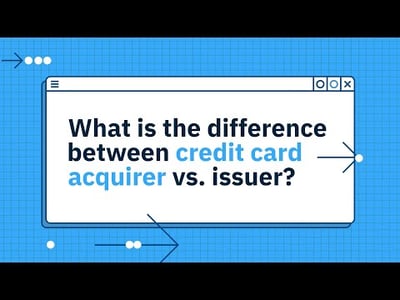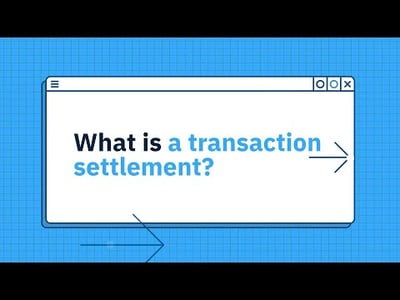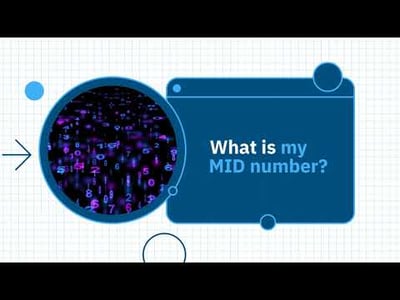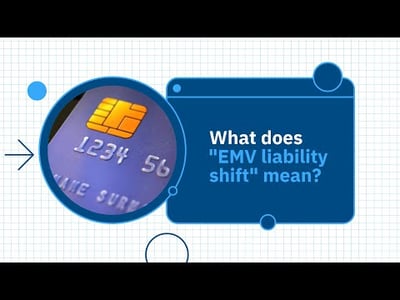Frequently Asked Questions
 Chargeback Terminology
Chargeback Terminology
What is the difference between credit card acquirer vs. issuer?
The credit card issuer is the cardholder's bank while the credit card acquirer is the merchant's bank. These two banks work together to facilitate payments that utilize payment cards.
 Chargeback Terminology
Chargeback Terminology
What is the difference between a chargeback vs. a reversal?
A reversal is a general term for a returned payment. Chargebacks are one form of reversal, as are refunds. Chargebacks are involuntary reversals while refunds are voluntary reversals.
 Chargeback Terminology
Chargeback Terminology
What is a high-risk merchant account?
A high-risk merchant account is a merchant account associated with a business that is at elevated risk for chargebacks. Often this is less about the business practices of the particular merchant and more about the tendencies toward chargebacks inherent in their industry.
 Chargeback Terminology
Chargeback Terminology
What does "dispute transaction" mean?
"Transaction dispute" is another term for a chargeback.
 Chargeback Terminology
Chargeback Terminology
What is a Value-Added Reseller (VAR) sheet?
A Value-Added Reseller (VAR) sheet is the file containing the identifying information for a merchant, including merchant account information, MID, processor info, and MCC. It is also known as a tear sheet or a parameter sheet.
 Chargeback Terminology
Chargeback Terminology
What is a transaction settlement?
“Transaction settlement” is the term for the actual process of the issuing bank moving funds from the consumer’s account to the merchant’s account with the acquiring bank.
 Chargeback Terminology
Chargeback Terminology
What are credit card networks?
Card networks are companies—such as Visa, Mastercard, or American Express—that facilitate credit card and debit card payments by lending funds to merchants and seeking reimbursement from cardholders.
 Chargeback Terminology
Chargeback Terminology
What is my MID number?
Your merchant identification (MID) number is a 15-digit code that should appear in the upper right corner of your monthly merchant statement. If you have a physical payment card terminal, it may appear on that, as well. Also it can sometimes be found on physical transaction receipts.
 Chargeback Terminology
Chargeback Terminology
What does "EMV liability shift" mean?
EMV stands for "Europay, Mastercard, and Visa". When the card networks developed and implemented EMV chips as a new fraud protection technology, they changed certain policies to induce merchants to upgrade to card readers that were compatible with EMV chips. The main policy change was to make it so that merchants without EMV-compatible payment terminals would be liable for the cost of any fraud claims stemming from transactions made with non-EMV terminals. Normally, that liability would lie with the issuer, hence the “EMV liability shift” from issuer (cardholder's bank) to acquirer (merchant’s bank). Certain reason codes relate to this liability shift.